Today I started to read the book «Lost in Math. How Beauty Leads Physics Astray», by Sabine Hossenfelder.
At some point of the beginning, she speaks about a conversation with the head of theoretical physics at CERN, the Conseil Européen pour la Reserche Nucléaire. (CERN operates the largest particle collider, the LHC, which is providing a lot of information that need to be analyzed by physicists). And when she asked that person about what they «make of the recent LHC data», he answered: «We are so confused».
She did not clarify if the confusion comes from the enormous amount of data to be interpreted or from the difficulty to interpret and understand it with the existing or other alternative models, but as the book mentioned that the professor Giudice’s research «has focused on developing new theories of particle physics that hold the prospect of solving problems in existing theories», I immediately got excited – my enthusiasm seems to be inexhausted yet – about the idea of sharing with him the atomic model based on intersecting fields varying periodically I try to explain on this blog for a long time.
I never lose the hope that some ideas of non-professionals – I prefer when they contemptuously call us «cranks» than when they indulgently say «amateurs» – can be inspirational to professional physicists who actually seem to be really stuck in a deep rat.
But as I’m very afraid that in CERN nobody is going to have time to read and make the effort of trying to understand the crazy ideas that without any mathematical equation come from unsolicited emails of crank people, I decided to publish on my blog the whole email I just sent him.
This is something I think I’m going to do since now because although the ideas and pictures I always send are almost always the same, I formulate them in different ways that maybe could be clearer for someone interested here:
«Dear professor Giudice,
I’m not a scientist but I wanted to tell you some ideas about an unconventional atomic model that I hope could be inspirational to your theoretical researches at CERN.
If you had time I’d like very much to know your opinion about them.
I suspect the idea of quantum superposition or overlapping resulted from a misinterpretation of what Riemann spaces were for Riemann himself (I mean, without the later interpretations like the one made by Hermann Weyl). To me, Riemann surfaces or fields are not about superpositions but about actual intersections, considering those intersections as partial fusions. When it comes to two parallel longitudinal fields that intersect, the intersection does not imply a superposition but a partial fusion that creates a dual «entangled» system with four new subfields created and shared by them in that intersection.
On the above picture, the intersecting fields are A and B, and the subfields they create in their intersection are the fields «c», «d», «e» and «f». We name + to the fields placed at the right side of the centre of symmetry and – to the fields placed at its left side.
If the two intersecting fields A and B vary (or vibrate) periodically, expanding and contracting, the behaviour of the subfields will be different depending on whether the phases of variation are equal or opposite.
1. When the phases of variation are opposite, when A contracts B expands and vice versa, the subfield «d» will oscillate in a pendular way moving towards left and right; it will move towards the side of the intersecting field A or B that contracts.
So when the left intersecting field -A contracts the field «d» will move towards the left and we attribute to d, to the pushing force that creates such a displacement and to its inner orbital motion, a negative sign.
At that moment, we can say the «d» field also exists «virtually» with a + sign at the right side of the centre of symmetry of the system: it actually does not exist currently there, but it will exist a moment later when the A- intersecting field is going to expand and the B+ one is going to contract.
On the below picture, the negative «d» field moving towards left is coloured in yellow; it represents an electron field:
On the below picture, the «d» field coloured in yellow moves towards right getting a positive sign; it represents a positron field.
So, if we think about the + – b field as an electron/positron field, we can say that the electron is its own antimatter (as the positron will be its own antimatter too) because electron and positron will be the same field existing at different times in different, mirror symmetric, places. In that sense, electron and positron will be Majorana antiparticles.
(At this respect I would say that – because between each expansion and contraction of the two intersecting AB fields there will be a moment of no variation, (when a field reaches its maximum rate of expansion or contraction until it starts to getting contracted or expanded again), between each pendular oscillation of the «d» subfield there would be a precession; so, that oscillation of – + d will be describing periodically a circle. So, when the – d moves toward left for the first time, when later it moves towards right becoming + d, they both will not be exactly the mirror symmetric particles, to find the mirror symmetric particles it would be necessary to wait until the circular oscillation reaches the – X and + X coordinates).
On this view it’s clear that the electron subfield is not «attracted» towards the left, its displacement towards left (the electronegativity) comes as a mechanical consequence of the variation of the intersecting fields that create it varying with opposite phases.
On the other hand, following this hypothetical model, the subfields – c and + e, that exist in opposite places at the same time, will experience a periodical expansion and contraction: -c will contract when -A contracts while +e will expand when +B expands.
When – c (or + e) contracts, there would be an increment of the velocity of its inner orbits because of the pushing force caused by such a contraction inside of those fields. They will experience an opposite decompression when expanding.
I consider the contracted – c subfield as a neutron and the expanding + e subfield is an antineutrino; I consider the expanded – c subfield as a neutrino and the expanding + e subfield as a proton.
Neutron and proton will be Dirac antiparticles (because they are different fields) existing at different consecutive times in mirror symmetric locations.
When the contracted neutron – c actually exists at the left side of the dual system, the contracted + e proton will only exist at the right side in a virtual way because at that moment, in the right-handed side, it will exist an expanded + e antineutrino.
Because of the above mentioned, those electron/positron, neutron/proton, neutrino/antineutrino subfields, will respect the Pauly Exclusion Principle with respect their own antimatter. To me, the PEP is not related to two sub-particles existing in the same place at the same time because that would be impossible, I think the PEP is only related to the existence of a sub-particle and its sub-antiparticle in two mirror symmetric places at the same time. (To speak about electronic shells in this context means that the electron subfield will be placed at a different location while moving in a pendular way).
So, when it comes to opposite phases of variations of the two intersecting fields, we will be speaking about the created subfields as «fermions» because they will respect the PEP.
2. When the intersecting fields A and B have the same phase of variation (A and B contract or expand at the same time), the mechanical behaviour of the mentioned subfields will be different:
Now there will be an up/down (instead of left/right) displacement of the d field, and the Pauly Exclusion Principle will not avoid the coexistent existence of two exactly mirror symmetric subfields, c and e, at the left and right sides of the centre of symmetry of the system.
So here we will speak about the created subfields as «bosons» that will not respect the PEP:
When – A and + B contract at the same time, the d subfield will experience an upward displacement and a high contraction. That will imply the creation of a pushing force that can be considered a polarized «photon».
When – A and + B expand at the same time, the d subfield will experience a downward displacement and an expansion. That expansion will imply a decay of the orbital energy inside of the d field, and that downward displacement will imply a temporary interruption of the upward source which before had created the photon. That interruption is the quanta phenomenon. But that interrupted photonic pushing force has its continuity in the convex side of the intersection of A and B where now there will be an inverted contracted e field causing an inverted pushing force that will be now creating an anti-photon.
If we are observing the dual system from its concave side, we will have been able to detect the previously emitted photon, but we won’t detect the currently emitted antiphoton; so we will be speaking about a «dark» – not directly detected or visible for us – antiphoton.
(The same can be said when it comes to fermions about for example a «dark» positron if we were placed inside of the – c expanded neutrino trying to detect the electronic behaviour of the dual system, we won’t be able to detect it directly).
At the left and right sides, there would be – at the same time – two mirror symmetric c and e subfields that will contract when A and B contract and will expand when A and B expand.
Note that there is still another force of pressure (or lack of force or a decompression) I have not mentioned yet: it’s the pushing force created on those mentioned subfields by the side of the fields A and B that is not cobordian to those subfields when A and B (or A or B) contract, (such a force will come from outside of the shared nucleus to inside).
Considered in this way, the atom would be then a dual structure with a shared nucleus. Electromagnetic charges would be the consequences of the interaction of at least two intersecting fields varying with the same or opposite phase. Strong and weak interactions would depend on those phases of variation. The strongest interaction and the strongest «bond» takes place when A and B contract at the same time.
I think in this model «supersymmetry» means that fermions become bosons and bosons become fermions periodically, (the subfields are the same although their shape and their behaviour and consequences vary), because of the phases of variation of the two intersecting fields A and B synchronize and desynchronize periodically.
I think we also could translate this model to the quantum chromodynamic terminology speaking about «quarks» as the moving sides of A and B that are cobordian with the subfields (created in their intersection), acting as pushing forces. In this sense, for example when it comes to the electron, we can speak inside of the electronic subfield about an «up» negative quark that is the pushing force caused by the displacement of the right side of the – A field moving towards left when contracting; we can think also about a decay of that electronic quark, but it will be a different down quark created by the displacement of the + B field when expanding. That down quark will be acting as one of the quarks that create the neutron; the other neutronic quark will be another part of the contracting – A moving towards left.
The below animated gif would be an approximate representation of the motion of the system (it would be necessary to add the circular rotation of the whole system):
I write a kind of unconventional blog about physics and maths and I’m going to publish now this email there.
In case you found time to reply to my email I would like very much to get your permission to publish your answer there as well.
Best wishes and kind regards from Spain,
Alfonso De Miguel»
curvaturasvariables.wordpress.com
—————————————
With respect to the book «Lost in Math», I must say I’m enjoying it so far. I’ve read phrases and implicit point of views that I don’t share at all, but the book is easy to read and to understand. For example, look at this description of supersymmetry:
You can know more about the author on her blog: http://backreaction.blogspot.com/2018/10/string-theory-pros-and-cons-video-no.html
But the more interesting thing to me so far is this little paragraph I bolded in blue:
It says: «Aesthetic ideals also gave rise to what may be the strangest episode in the history of physics: the popularity of ‘vortex theory‘, whose purpose was to explain the variety of atoms by knots of a different type. Knot theory is an interesting area of mathematics that today indeed has applications in physics, but atomic structure isn’t one of them». Nevertheless, vortex theory, at its peak, collected about twenty-five scientists, mostly in Great Britain but also in the United States, who wrote several dozen papers in the period from 1870 to 1890.»
When I read this I got shocked. How the bloody hell nobody during the last 10 years told me anything about the «vortex theory»? And the «KNOT»????
By God Blessed, I’ve argued with a lot of people about that and nobody mentioned anything about it…
(It’s the same that already happened to me with the Pushing gravity theory I mentioned in this blog in previous posts. Since Michelson and Morley «demonstrated» the inexistence of the ether at the beginning of the XX century, the theoretical models based on the existence of such ether became forgotten for our science. And now we have an atomic model that no one understands built without the necessity of any ether but whose ultimate support is a vibrating field existing in the emptiness that permeates the whole space, that is to say, a new kind of ether with the unsuspicious name of «Higgs»…)
The below figures would be representations of intersecting vortices:
When I saw this picture I thought it was the intersecting vortices considered as longitudinal fields (not as tubular rings) when being observed from an above view as i represent them for example in this figure about the carbon atom:
But it seems that vortex for that theory were tubular rings.
Anyway, I’m now very interested in reading more about that atomic model – and the knot geometry – because of this is the first time I see the notion of vibrating fields (it seems that Kelvin’s vortices were thought to have an inner vibration) that actually INTERSECT to build an atomic model.
The vortex atom theory, originally an idea of William Thomson (Lord Kelvin for friends), was popular in England – and virtually ignored in Germany – from 1870 to 1890. (But as it required the existence of an aether – as the pushing gravity theory do – it was forgotten at the beginning of the XX century).
You can get a full information about the vortex theory in «The Vortex Theory of Atoms — Pinnacle of classical physics», by Steven van der Laan, (thesis for his master’s degree in History and Philosophy of Science in the Institute for History and Foundations of Science, Utrecht University. 2012)
https://dspace.library.uu.nl/handle/1874/260711
Have a great day.

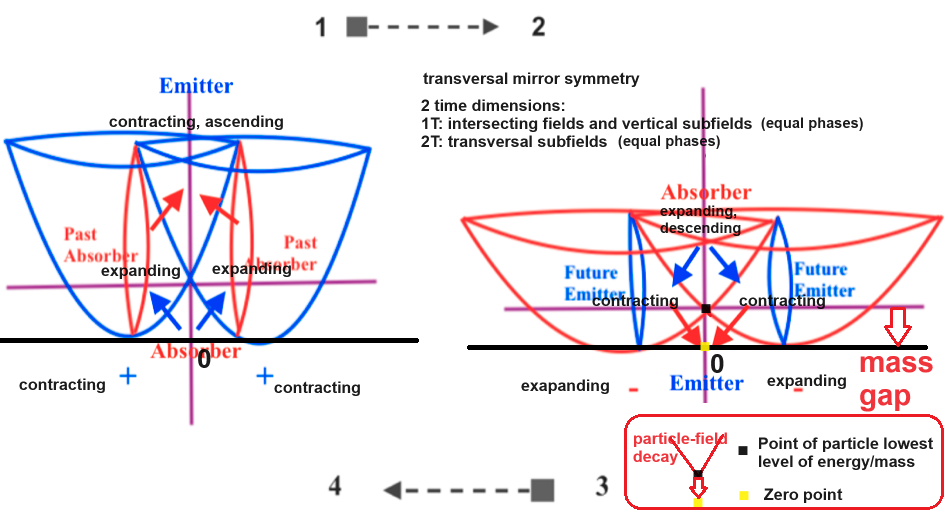
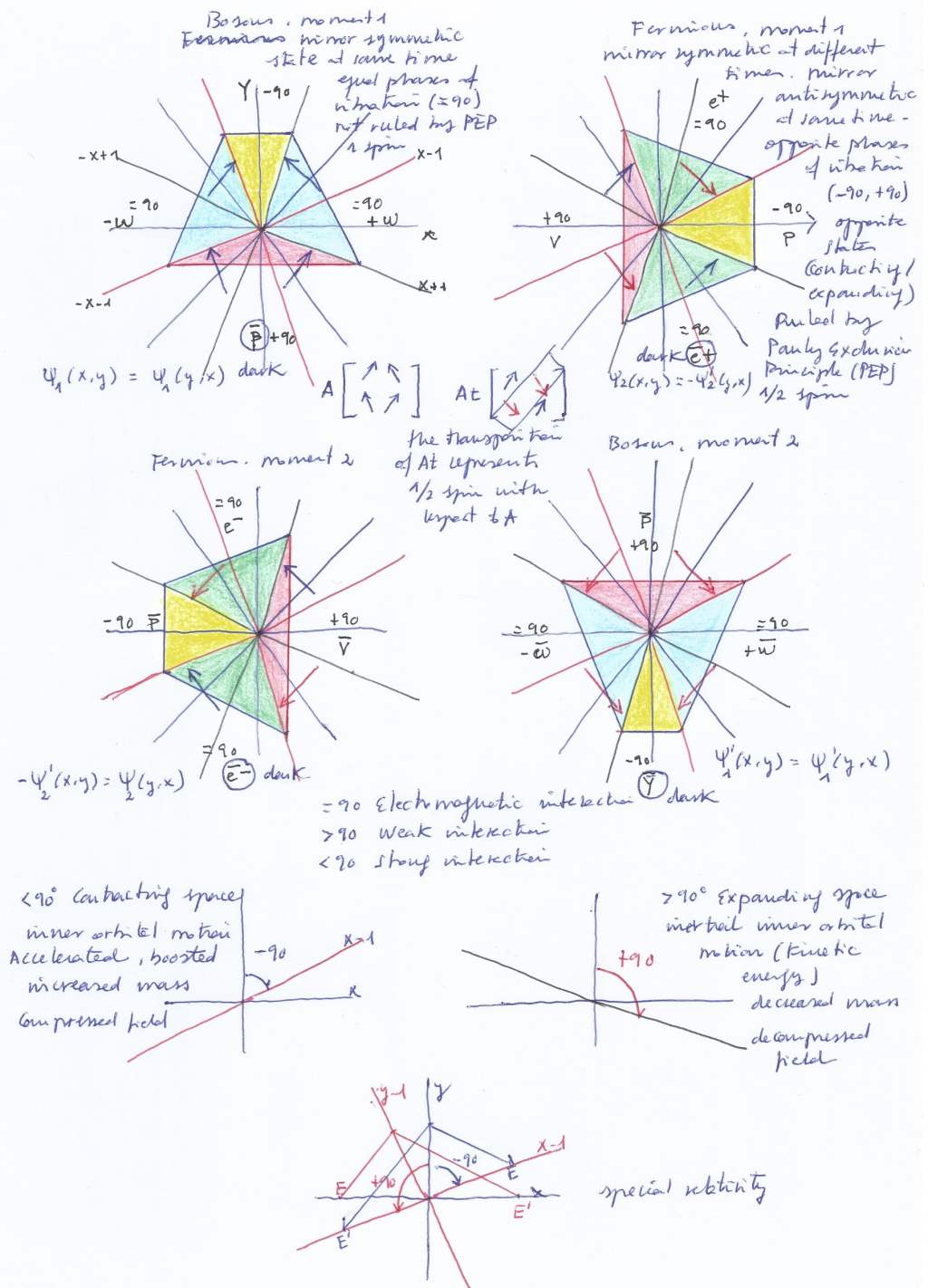
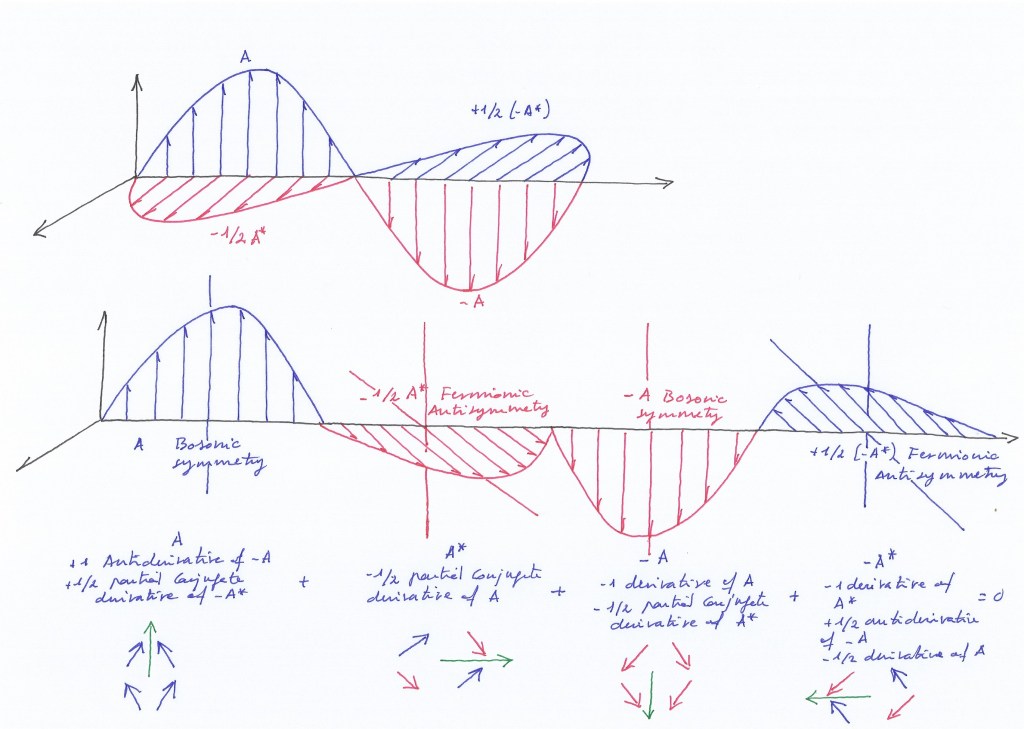
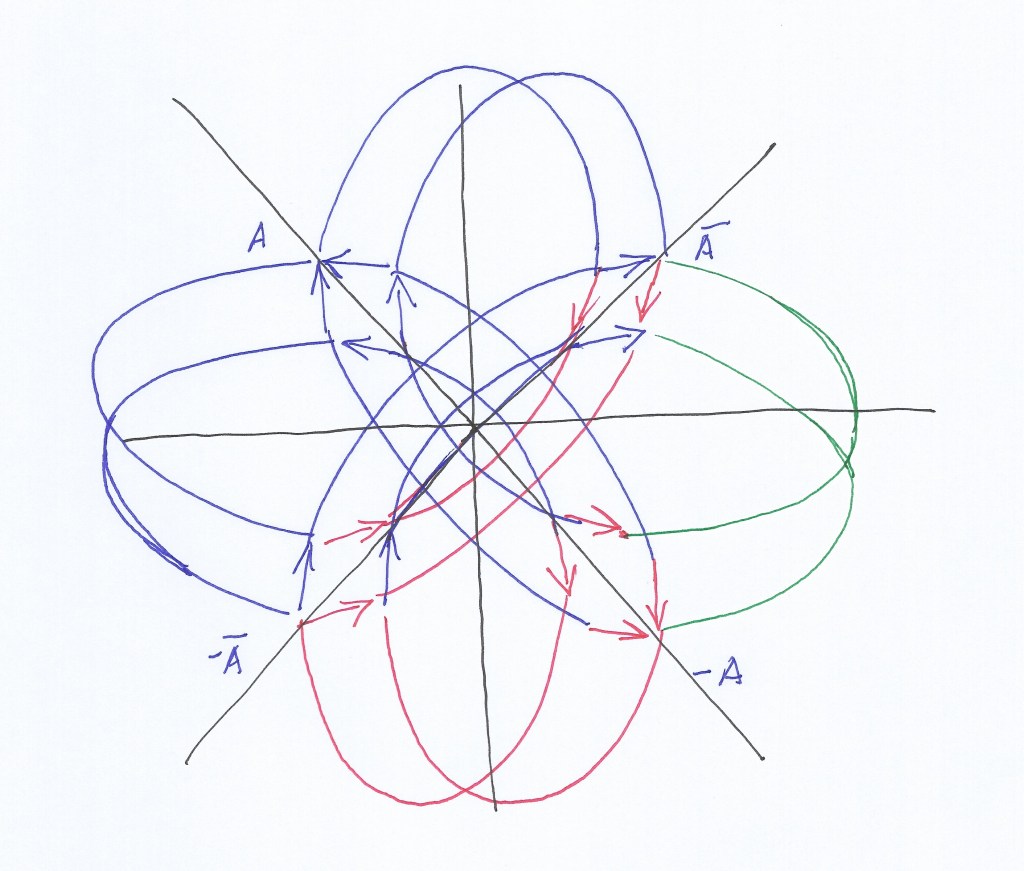


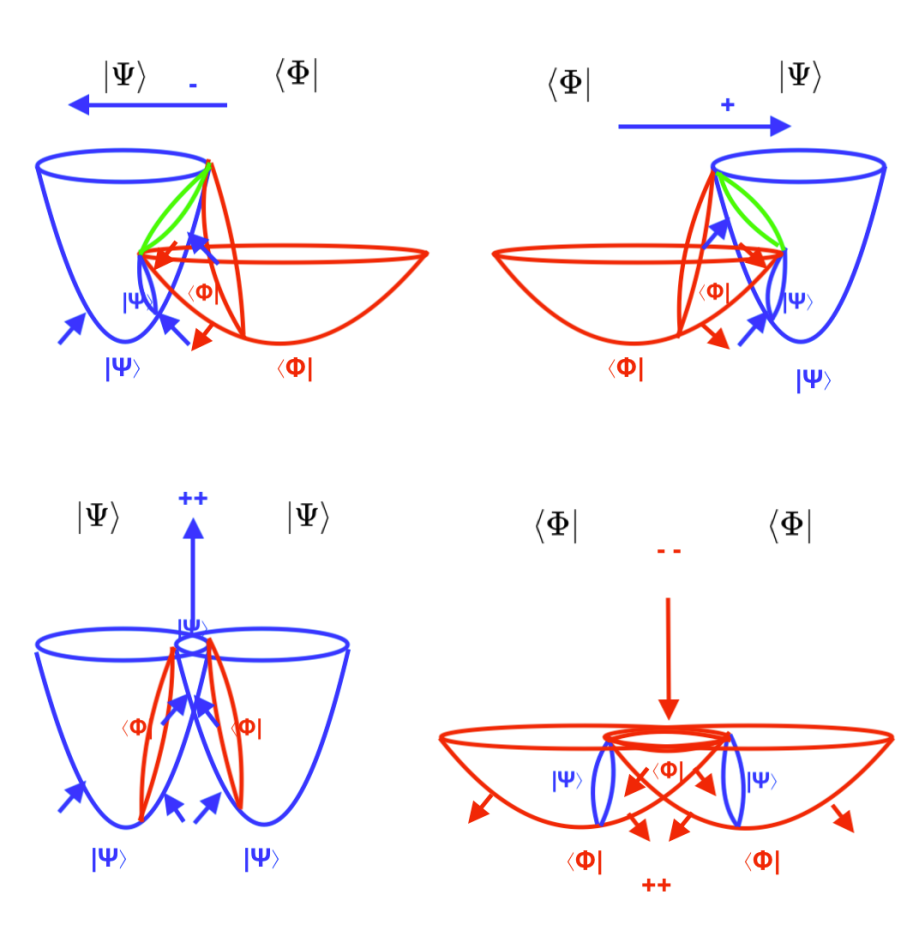









Escribe tu comentario